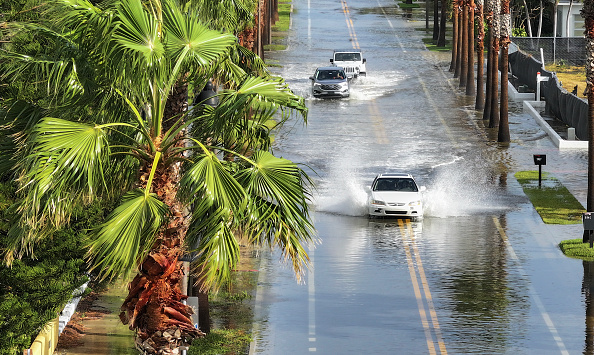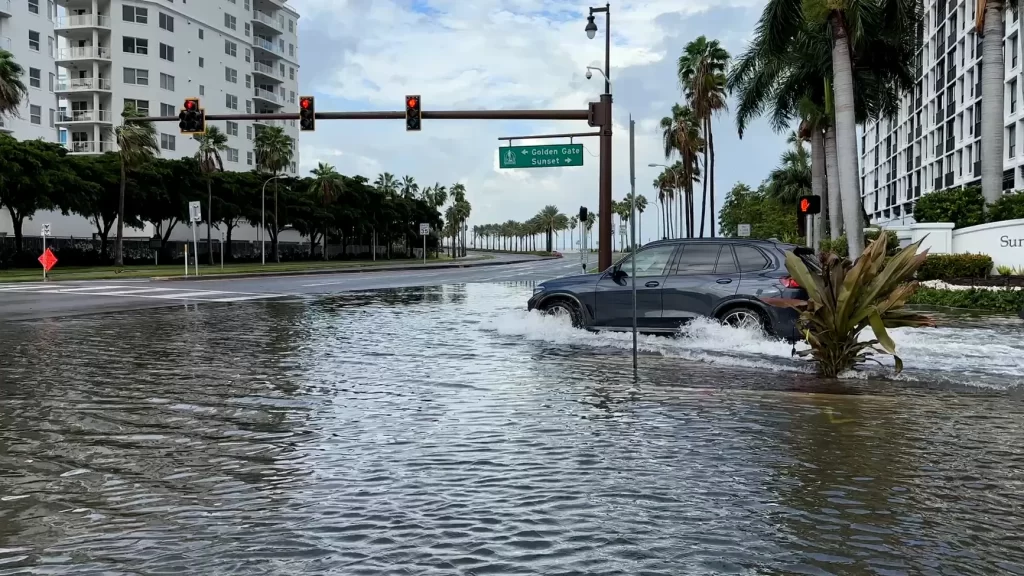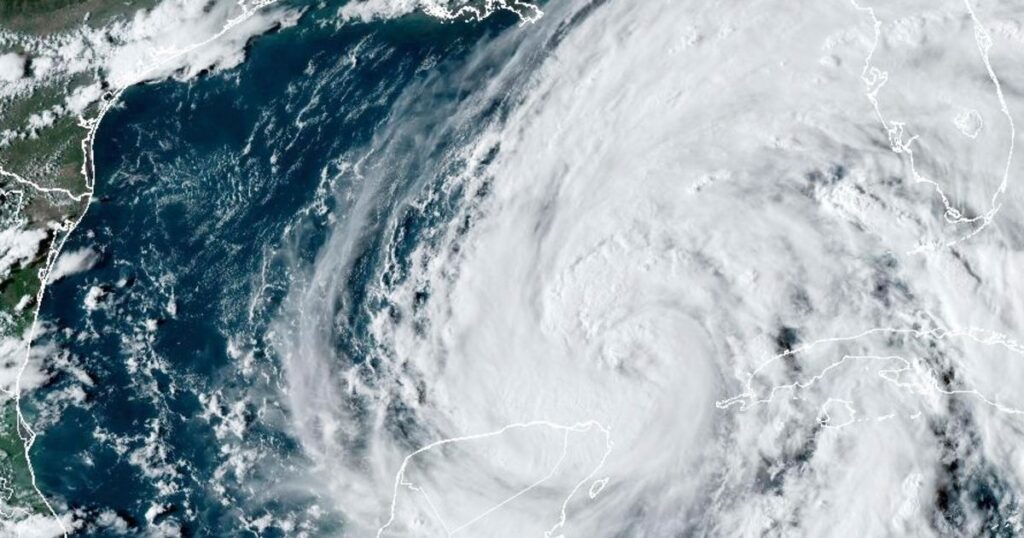Hurricane Helene, one of the most powerful storms to strike the United States in recent history, roared through Florida and Georgia overnight Thursday into Friday, leaving a trail of destruction in its wake. The Category 4 storm has claimed at least one life, flooded neighborhoods, and left more than 2 million homes and businesses without power.

Helene made landfall around midnight with winds reaching 140 mph (225 kph), ranking as the joint 14th most powerful hurricane to hit the U.S. since records began and the seventh most powerful in Florida, according to the National Hurricane Center (NHC). By dawn, it had weakened to a tropical storm with winds of 70 mph (110 kph) as it moved north across Georgia.
Florida Governor Ron DeSantis confirmed one fatality, a driver whose car was struck by debris, and warned of the potential for more casualties as the full extent of the damage becomes clear. “When we wake up tomorrow morning, the chances are there will likely have been more fatalities,” DeSantis said.
The storm’s impact was immediately visible in coastal areas, with images from Tampa, Naples, and St. Petersburg showing overturned boats in harbors, felled trees, stranded cars, and flooded streets. Power companies reported that more than 1.2 million customers in Florida and 800,000 in Georgia were without electricity.

NHC director Michael Brennan described a “really unsurvivable scenario” playing out in coastal areas, with storm surges capable of destroying buildings and carrying away vehicles. In Taylor County, the Sheriff’s Department advised residents who chose not to evacuate to write their names and birth dates on their arms in permanent ink for identification purposes.
Despite evacuation orders, some residents chose to ride out the storm. Ken Wood, a 58-year-old state ferry boat operator in Dunedin, Florida, told Reuters he planned to stay at home with his 16-year-old cat, Andy.
Officials in Pinellas County warned that Helene’s impact could be as severe as last year’s Hurricane Idalia, which flooded 1,500 homes. Videos showed swamped beachside roads and rising water levels over boat docks.

The storm’s effects extended beyond immediate coastal areas. Airports in Tampa, Tallahassee, and St. Petersburg suspended operations on Thursday. Heavy rainfall affected parts of Florida, Georgia, South Carolina, central and western North Carolina, and Tennessee. Georgia’s cotton and pecan crops, in the midst of harvesting season, were particularly vulnerable.
Reinsurance broker Gallagher Re estimated preliminary private insurance losses could range from $3 billion to $6 billion, with additional losses to federal insurance programs potentially approaching $1 billion. Energy facilities along the U.S. Gulf Coast scaled back operations and evacuated some production sites in preparation for the storm.
Federal Emergency Management Agency Director Deanne Criswell announced plans to travel to Florida on Friday to assess the damage. As Helene continues to move inland, authorities warn of ongoing life-threatening storm surges, winds, and heavy rains, urging residents to remain vigilant and follow local guidance.
REUTERS



